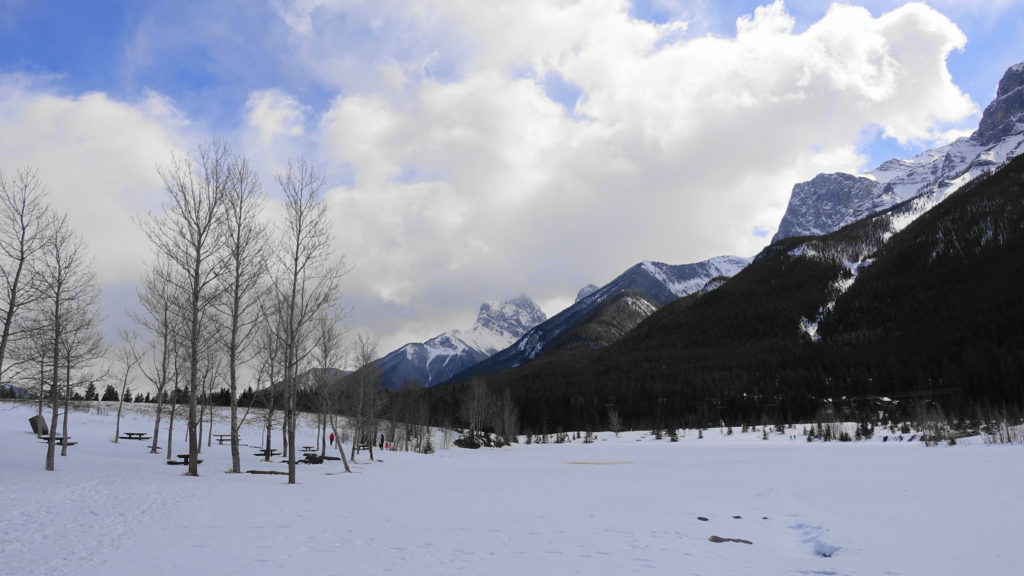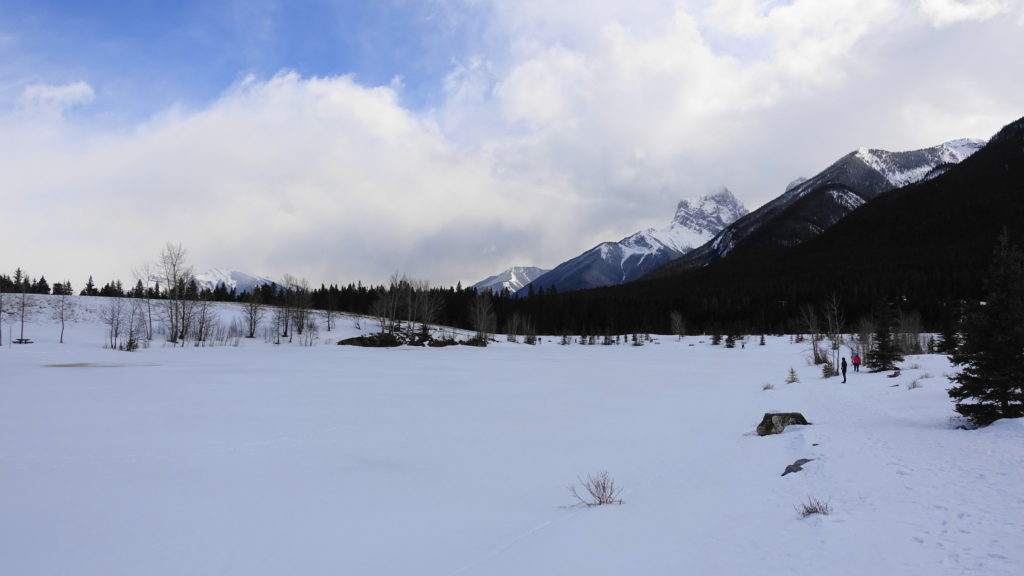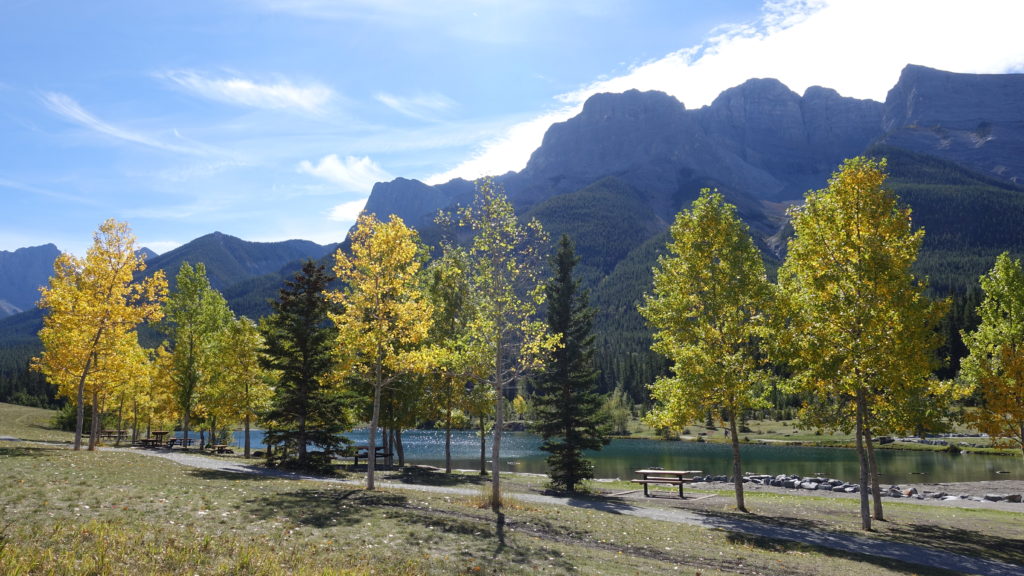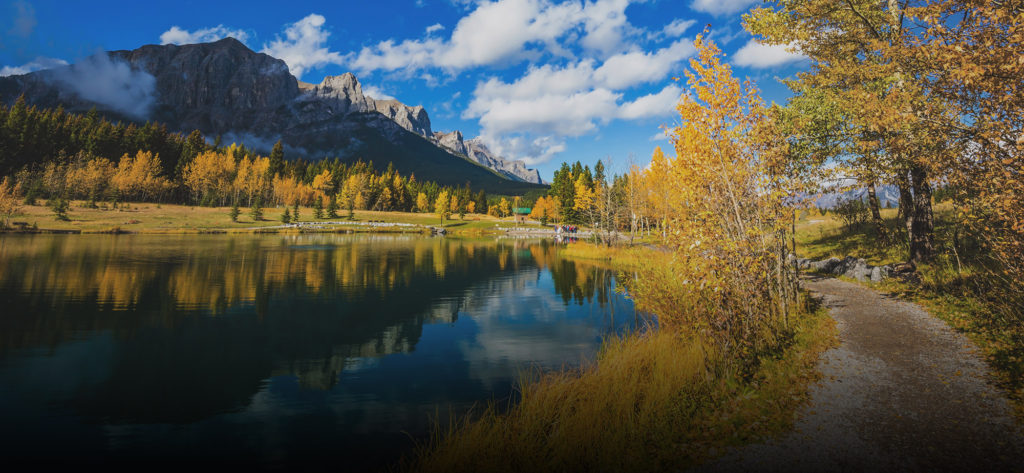
Canmore’s mining history
Canmore first rose to international prominence over a century ago when prospectors discovered high quality anthracite coal along Canmore Creek.
Anthracite coal is hard and lustrous with a high carbon content that burns hot and clean, making it ideal for generating steam. In 1887, when the Canadian Anthracite Coal Co. opened the No.1 Mine, only Pennsylvania could boast a similar grade of coal.
Ongoing setbacks, however, including high shipping costs and a blockade to lucrative U.S. markets led the owners to lease the mines to H.W. McNeil, who was able to negotiate a contract with the CPR by selling the railway giant on the quality of Canmore’s coal.
Canmore’s fortunes rose and fell alongside those of CPR, which was influenced by events like the First and Second World Wars and the Great Depression. As a result, the CPR’s decision to switch from coal-fired locomotives to diesel meant tough times for Canmore and the mine company.
Japanese steel and chemical industries, which needed anthracite coal and coke, saved Canmore Mines Ltd. This market remained in place through the 1960s and it could have carried Canmore further, but the Japanese needed more coal than Canmore could produce. Not in a position to finance a new mine, the company chose to sell the workings.
Dillingham Corporation bought the mines in 1970 believing Canmore offered great promise, but volatile markets, competition from Australia and a push from the Japanese for lower prices led Dillingham to shut down operations nearly a decade later. The Canmore coal mines closed on Friday, July 13, 1979, a day still referred to locally as Black Friday.
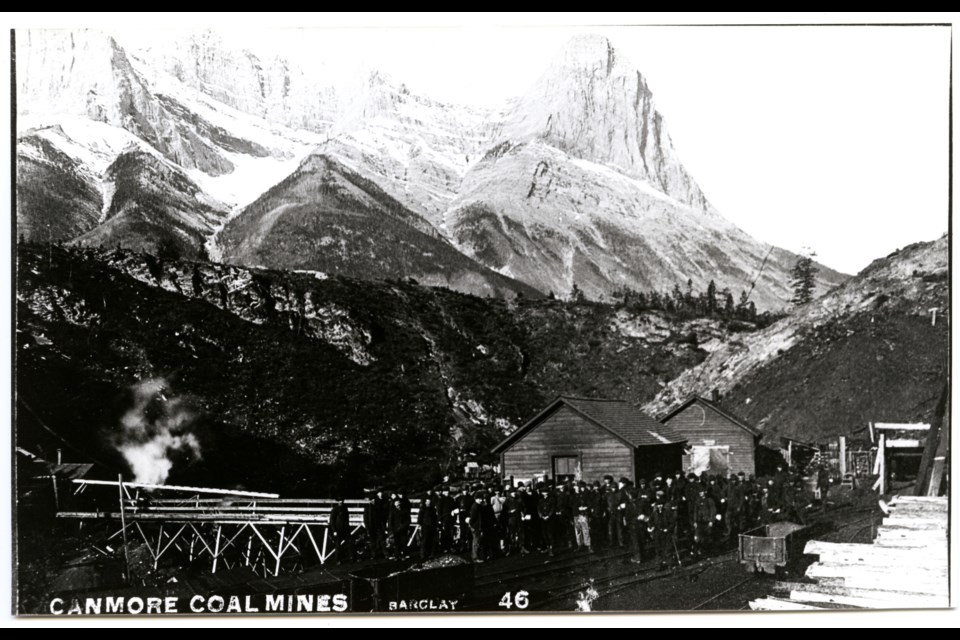
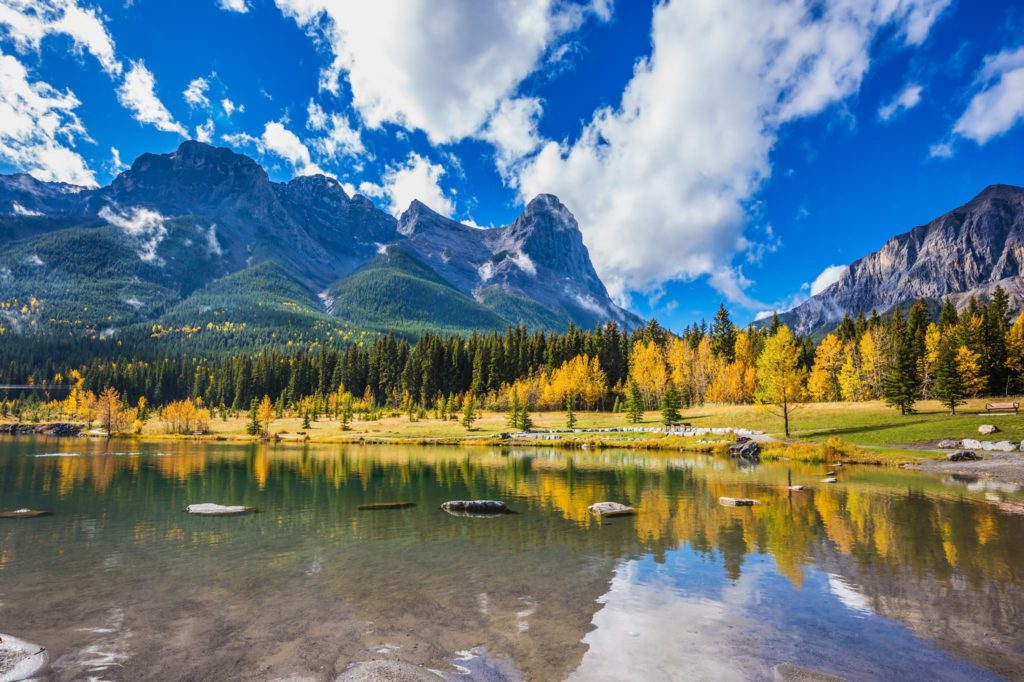
Quarry Lake changing times: Reclamation
Quarry Lake is the work of many people and agencies, including the Province of Alberta, the Town of Canmore, Canmore Mine Ltd. and Rocky Mountain Heritage Foundation. Two Canmore men – Gerry Stephenson and Walter Riva – can be credited with the vision and commitment to turn the Canmore Creek No. 3 Surface Mine into what is now a beloved community resource.
Canmore Mines Ltd. established five surface mines along the south side of the Bow river. In 1968 alone, Canmore Mines stripped 63,00 tons of coal from these mines, including Canmore Creek No. 3 where Quarry Lake is located.
The surface mines were no longer used after 1974 and reclamation of the sites were required. Canmore Mines, headed at that time by Canmore-born Walter Riva (1922-2010), chose to fully reclaim the surface mines, and gave Gerry Stephenson, their chief engineer, the task of reclaiming the Canmore Creek No. 3 Surface Mine.
Instead of backfilling the surface mine with the waste rock and levelling it off, Stephenson, an avid fly fisherman, envisioned a fishing hole. With Riva’s blessing Stephenson and his crew partially backfilling the 120-foot-deep pit reducing it to a depth of 80 feet. The design included both deep and shallow areas to create habitat for fish, insects and plants. The outlet was sealed with a clay plug and allow the water level to rise to where it sits today.
The reclamation of Canmore Creek No. 3 Surface Mine gave Canmore Mines Ltd. the distinction of being the first mine company to restore surface mine to its former glory. The Alberta Environment Conservation Authority (now Alberta Environment) recognized the project as the best mine reclamation in Weston Canada.
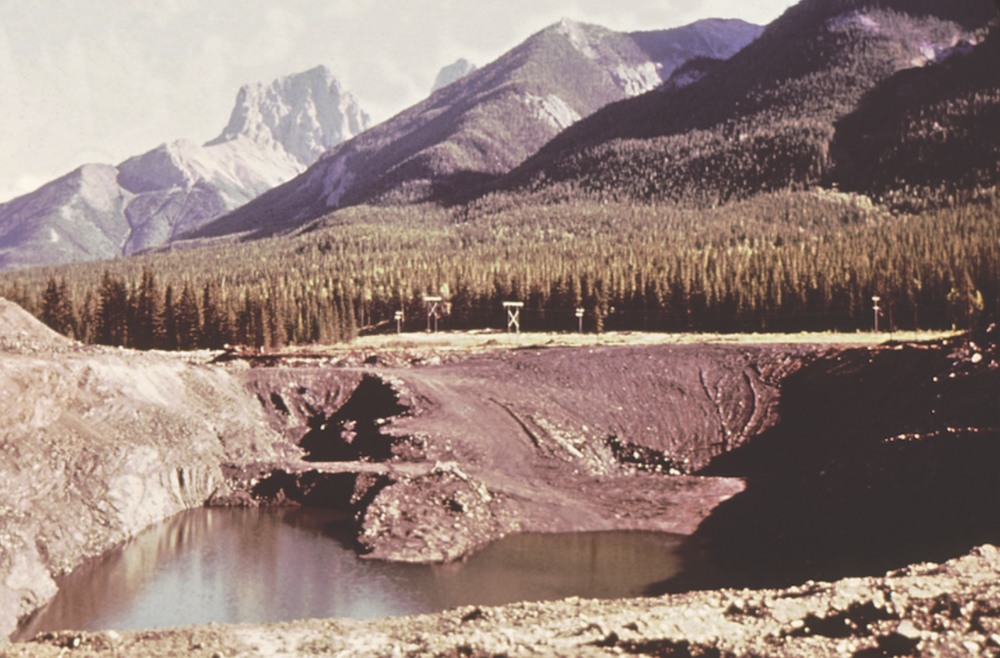
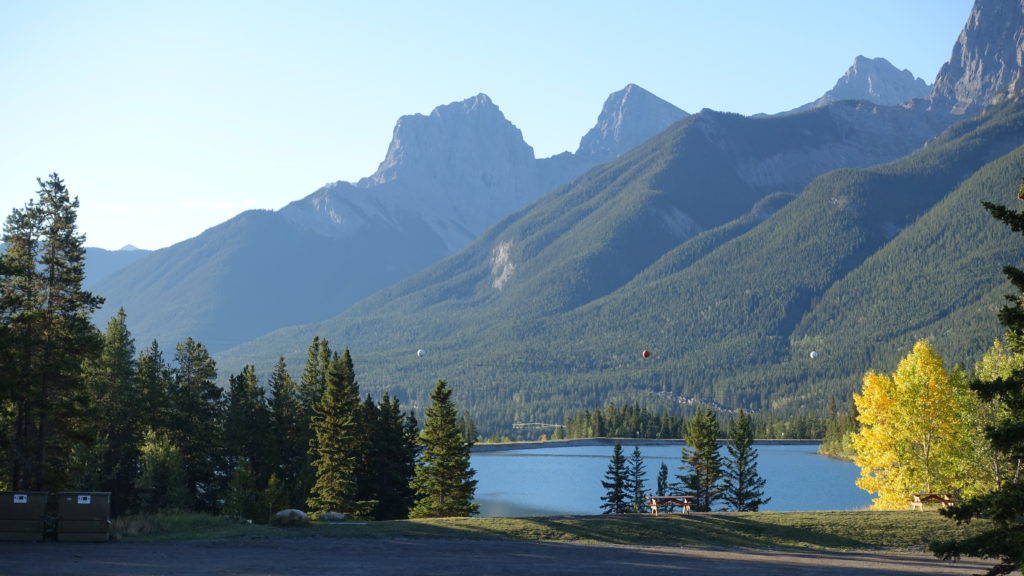
Hazards to Humans
Water-filled quarries can be very deep, often 50 ft (15 m) or more, and surprisingly cold, so swimming in quarry lakes is generally not recommended. Unexpectedly cold water can cause a swimmer’s muscles to suddenly weaken; it can also cause shock and even hypothermia.[2] Though quarry water is often very clear, submerged quarry stones and abandoned equipment make diving into these quarries extremely dangerous. Several people drown in quarries each year.
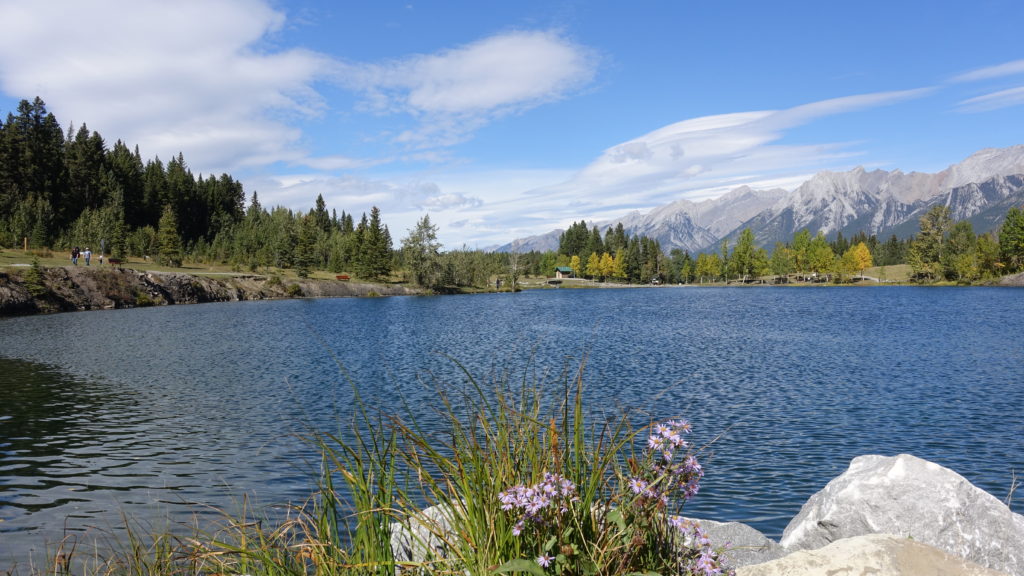
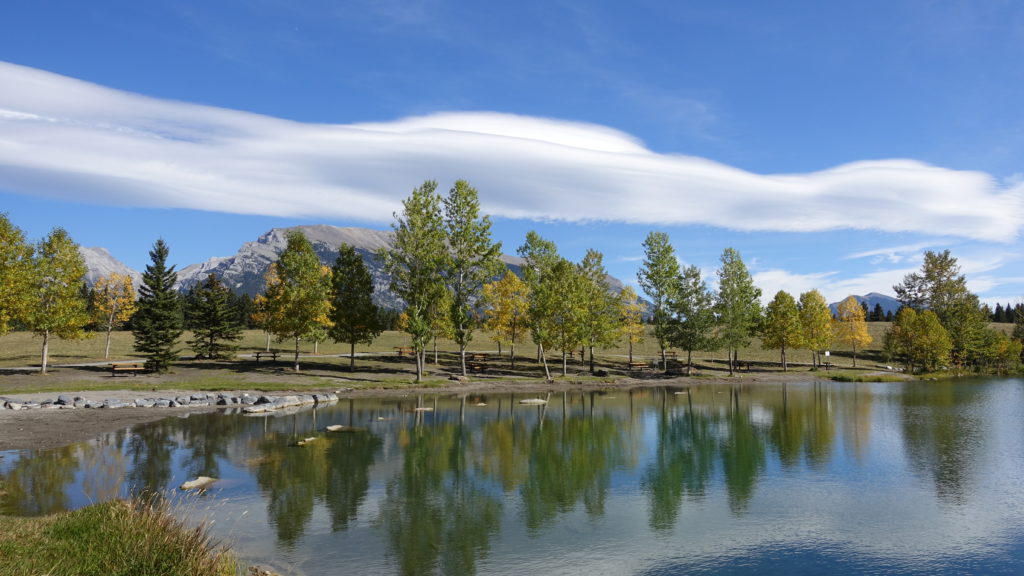
Formation
During the mining process, water must be emptied. But after the mining operation has been abandoned, groundwater is allowed to seep in, and rainwater collects in the quarry. The depth of a quarry lake is dependent upon rainfall in the region.
Ecology
Quarry lakes, even lakes within active quarries, can provide important habitats for animals.
